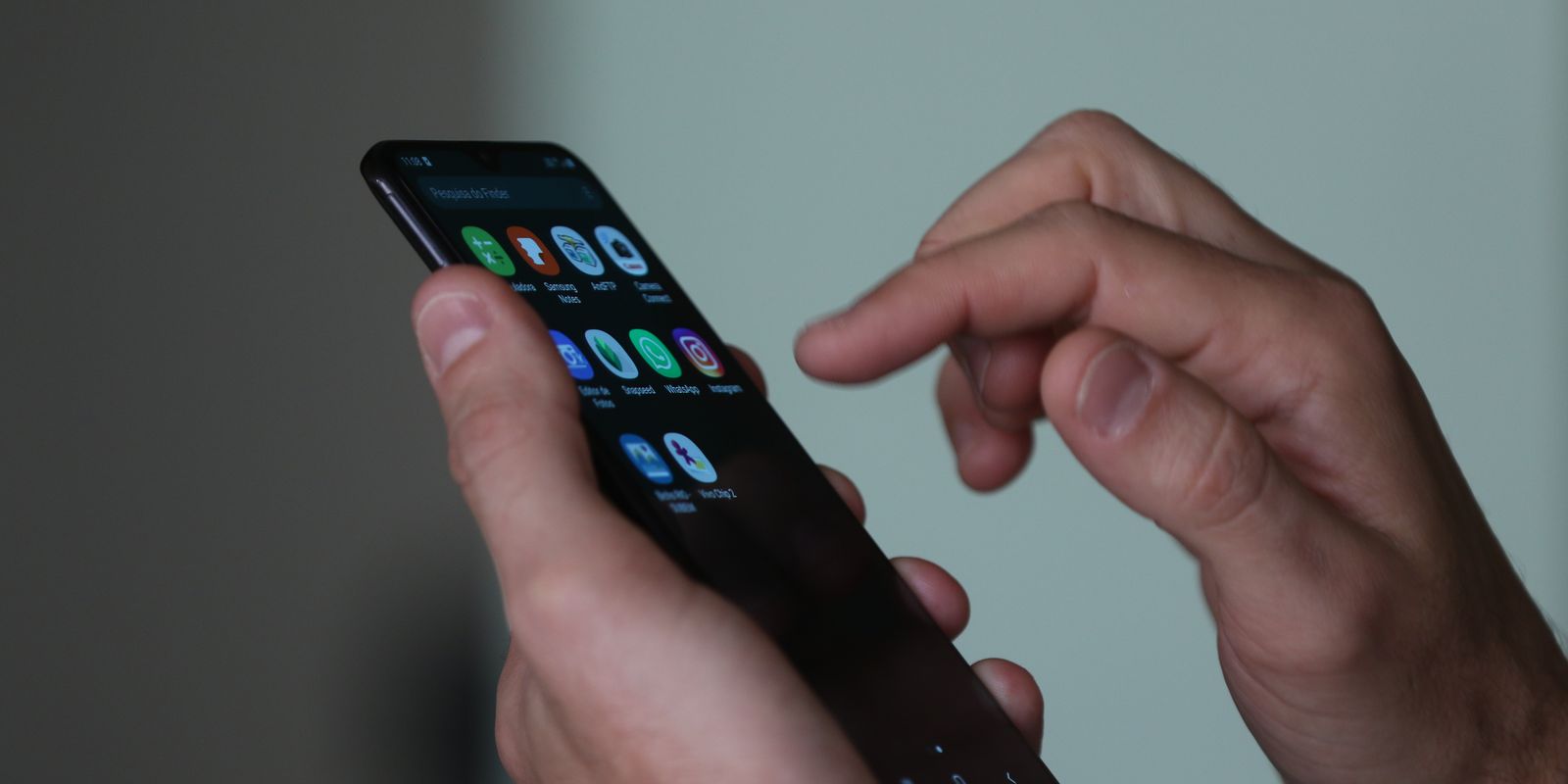The cell phone, as well as the first call it made, completed 50 years on the last day 3. When it was created by American engineer Martin Cooper, no one imagined that the device would be responsible for a revolution in communications and in people’s lives. Today, 5.22 billion people in the world use mobile phones. In Brazil, there are 250 million numbers. The first device was developed by Motorola in 1973.
From May 23, the story of this invention will be told at the Museum of Tomorrow, in Praça Mauá, in the Port area of Rio de Janeiro, in the exhibition Hi Tech Mobile 50which is already assembled and will blend technology and art.
He said, “It is an exhibition that talks about the past and the future, because there is no way to understand the future without remembering the past.” Brazil agency Curator and founder, Miguel Kolker, who adds: “It has a historical trajectory, but in the end, [a exposição] Questions what are the possibilities of the impact of the cell phone on health, education, culture and democracy.
The narrative takes the audience through six sections: the black hole, mobility and freedom, promotion and exclusivity, pluralism and excess, and the maze of possibilities. In each one, audiences will be able to immerse themselves in the experiences that have marked the generations of mobile phones and their influences, with a final invitation to reflect on what comes next. Visitors will also have the opportunity to view an original DynaTAC 8000x prototype, a relic made by Dyna LLC, the inventor and “father” of the cell phone, Martin Cooper.
Brazil
The cellular phone arrived in Brazil at the end of the 1980s, and the first cellular phone system was implemented in the country in 1989, in Rio de Janeiro.
The curiosity about the name of the cell phone is that the mobile phone system was originally called the cell system, because it consisted of distributing the antennas in small geographic cells scattered throughout the city. Since it was not possible to have an antenna covering the entire city, the antennas were spread throughout the city.
Thus, if a person who has been in Santa Teresa, in the center of Rio, for example, moves to Botafogo, it will be possible to continue talking on a mobile phone during the trip.
transgressions
The exhibition also draws attention to the inappropriate and harmful use of mobile phones. “The cell phone has become a tool for good and bad. It is the result of human need. It is something that, today, we need to look at and think about its use. There is little debate about the use of cell phones,” Kolker muses.
In his assessment, the discussion that is taking place today is shallow. “Today, in Brazil, you have more cell phones than Brazilians. You have more cell phone lines than Brazilians. Fact.” According to a report by Mobility Report, in the year 2028 there will be more cell phones than humans on the planet.
“It is a tool that is used in Brazil, on average, five hours a day, and it should be part of discussions about important areas of development, such as health and education.”

“Coffee trailblazer. Social media ninja. Unapologetic web guru. Friendly music fan. Alcohol fanatic.”

